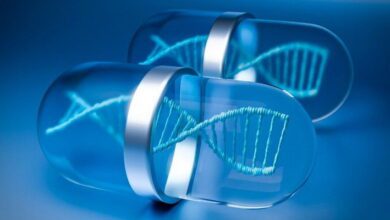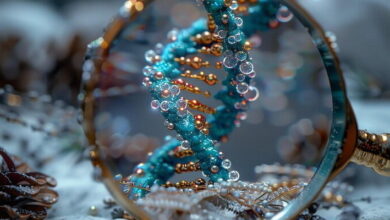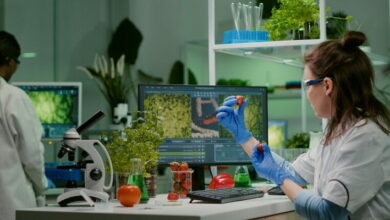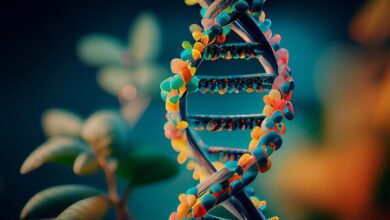DNA Structure and Function MCQs with Answers

Welcome to the DNA Structure and Function MCQs with Answers. In this post, we have shared DNA Structure and Function Online Test for different competitive exams. Find practice DNA Structure and Function Practice Questions with answers in Biology Tests exams here. Each question offers a chance to enhance your knowledge regarding DNA Structure and Function.
| DNA, or deoxyribonucleic acid, carries instructions for life. While describing DNA’s structure, we start with the simplest concepts from which it takes off; that of the nucleotides. It is defined as a molecule of sugar, phosphate group, and nitrogenous base. Building itself into the most basic DNA, it takes the shape in a double helix, like an intertwined ladder. Two sides of this ladder are composed of alternating sugar and phosphate groups, while the rungs are made of paired nitrogenous bases. There are four different types of nitrogenous bases found in DNA. These include adenine, thymine, cytosine and guanine. These base pairs, however, form hydrogen bonding: A with T and C with G. This particular pairing is what forms the rungs on the ladder like DNA. It is due to this particularity in base pairing that the genetic information transferred in the process of replication and transcription is accurate. DNA is regarded as the basis for heredity and cellular function because it harbors all the necessary instructions for protein formation. The sequence of the bases in DNA thereby determines the genetic code of DNA. This code is then translated into proteins by the ribosomes once transcribed later into messenger RNA. This ensures that DNA functions properly. In cell division, the double helix unwinds and both its strands serve as templates to the formation of new complementary strands with perfect copy reproduction of genetic material to be passed to daughter cells. |
DNA Structure and Function Online Quiz
By presenting 3 options to choose from, DNA Structure and Function Quiz which cover a wide range of topics and levels of difficulty, making them adaptable to various learning objectives and preferences. You will have to read all the given answers of DNA Structure and Function Questions and Answers and click over the correct answer.
- Test Name: DNA Structure and Function MCQ Quiz Practice
- Type: Quiz Test
- Total Questions: 40
- Total Marks: 40
- Time: 40 minutes
Note: Answer of the questions will change randomly each time you start the test. Practice each quiz test at least 3 times if you want to secure High Marks. Once you are finished, click the View Results button. If any answer looks wrong to you in Quizzes. simply click on question and comment below that question. so that we can update the answer in the quiz section.
Download Certificate of Quiz DNA Structure and Function
On the end of Quiz, you can download the certificate of the quiz if you got more than 70% marks. Add a certificate to your job application or social profile (like LinkedIn) and get more job offers.
Download DNA Structure and Function MCQs with Answers Free PDF
You can also download 100 DNA Structure and Function Questions with Answers free PDF from the link provided below. To Download file in PDF click on the arrow sign at the top right corner.
If you are interested to enhance your knowledge regarding English, Physics, Chemistry, Computer, and Biology please click on the link of each category, you will be redirected to dedicated website for each category.




